This beautiful berry, which has a magnificent aroma and delicate taste, can be found in every garden plot. And this is not surprising, because it is endowed with truly healing properties. It is used for colds, hypertension, atherosclerosis. Raspberries are a real storehouse of vitamins and nutrients. In addition, delicious compotes, syrups, preserves, marmalades are cooked from berries.
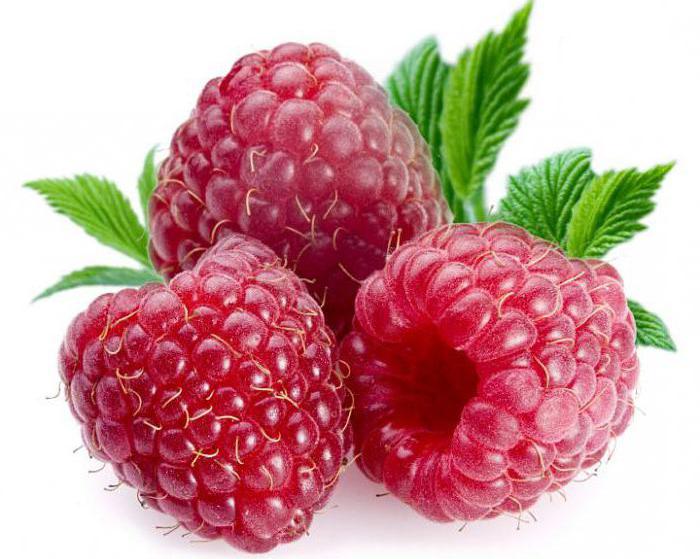
That is why almost every gardener on the site necessarily grows raspberries. Growing a bush can seem like a daunting task for a novice gardener. However, having studied some of the nuances, even a beginner gardener will cope with this mission.
Varieties of raspberries
Bred many varieties of this bush. Therefore, if you are just starting to grow raspberries on your site, you should familiarize yourself with its assortment.
Great early grades are:
- Sun.
- Abundant.
- Meteor.
- Cumberland.
- Vega.
- Runaway.
- Flame.
If mid-season species are interested, then the following bushes are most common:
- Polka.
- Giant.
- Hercules
Particularly popular in recent years has been enjoying remont raspberries. Growing this variety is not difficult. Moreover, this type allows you to get a crop several times during one season. Such raspberries, after the first gathering of berries, throws new inflorescences and begins to bear fruit again. She will delight you with a delicious harvest almost until October-November.
Seat selection
This berry culture is quite demanding on the area reserved for its planting. Therefore, you must carefully choose a place for her. Just choosing the right site, you can hope that your raspberries will present a rich harvest.
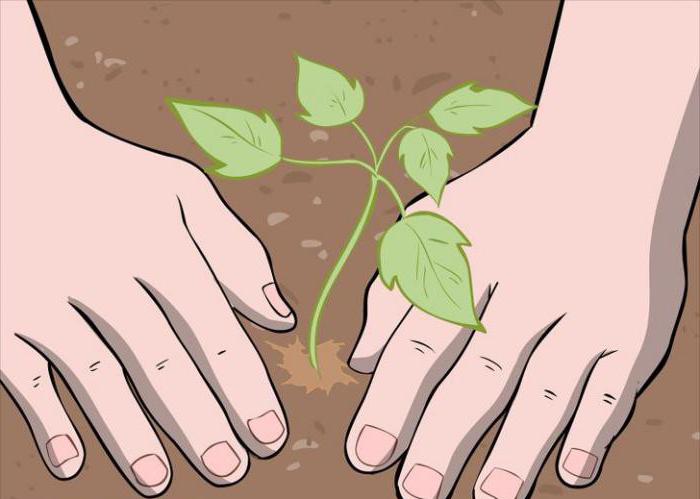
Cultivation will become productive if you comply with a number of conditions:
- Choose a well-lit area for planting. The site should be well warmed up by the sun, but at the same time protected from the winds.
- The bush does not tolerate excessive moisture. He does not like even short-term flooding. It is advisable that at the selected site, the groundwater is not higher than 1 m from the surface level. If you plant raspberries in a damp area, then in winter it may freeze.
- Culture prefers high fertility soil. The best soil for it is medium drained loam. If you grow raspberries on sandy soil, then abundant application of organic fertilizers to the soil is necessary. In addition, timely watering is important.
How to plant raspberries?
Culture can be planted in spring and autumn. Depending on the selected period, there are some features:
- In the case of planting a bush in spring, choose a time when the buds have not yet begun to develop.
- If the autumn period is chosen, then the plant should be taken care of so that it does not freeze during the winter. To do this, each bush spuds about 10-12 cm in height.
Many gardeners plant raspberries on a trellis. This method is practical and effective. Especially if you use a double trellis. To do this, pull 2 wires in parallel, leaving a narrow corridor between them. It is in this space that raspberries are planted. Cultivation on a trellis makes it easier to care for the crop and harvest. If double trellis is used, then raspberries can not be tied.
Landing technology
Consider one of the important points: how does raspberry plant? Growing a bush begins with a proper planting.
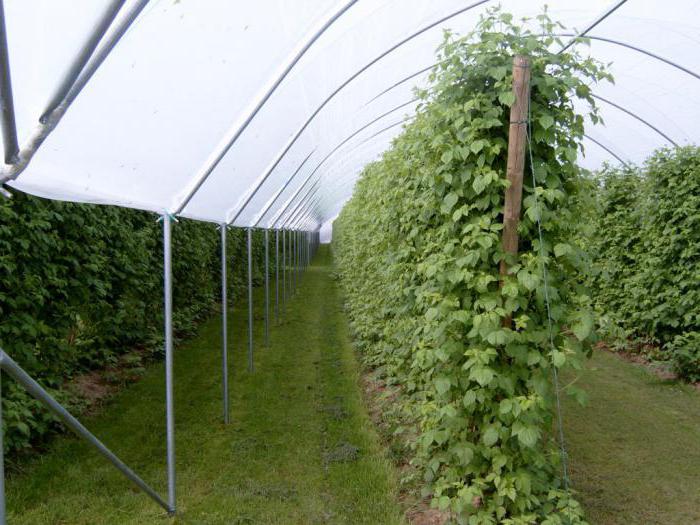
Experts recommend:
- Initially dig a trench. Add in her mineral fertilizer and organic. They plant bushes with an interval of 30-40 cm. The trenches should be separated from each other at a distance of 1.5-2 m.
- On fertile soil, you can plant the culture in pre-prepared pits. Their depth should be 15-20 cm. The pit is moistened with water. For each bush you need about 4-6 liters. Having lowered the plant into the fossa, carefully straighten the root system. And only then fill it with earth. Top soil must be compacted and mulled with peat. The aboveground part is trimmed at a height of about 30 cm from ground level.
- If you plant repair raspberries, it is recommended to dig a hole deeper (about 50 cm). The seedling is laid horizontally. After falling asleep holes and compaction of the earth, the entire ground part is cut off.
Bush care
It is important not only to choose the right site and adhere to the recommended planting technology so that raspberries bear fruit abundantly. Care and growing a bush are moments that require special attention.
Use these recommendations to ensure a regular and rich harvest:
- Watering. Raspberries need a rare but plentiful irrigation. The soil should be moistened to a depth of about 30 cm. This will ensure the growth of the root system in the deep soil layer. In the dry season, the bush is watered 1-2 times a week. The soil should be constantly moist and loose.
- Weeding. The soil should be loosened regularly. This procedure is carried out every time after watering (when the soil dries). However, during weeding, it is important not to damage the root system, so the depth of cultivation should be no more than 3-5 cm.
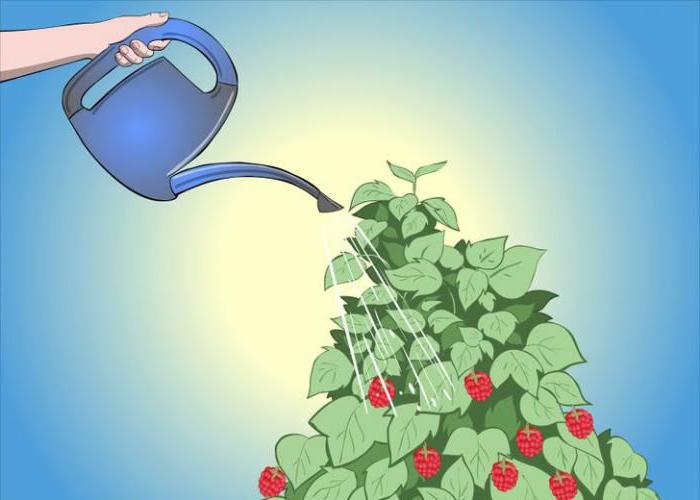
Moisture is especially necessary for the plant during the period when berries are poured on the bush. And from the end of August, watering can be stopped. Indeed, during this period, the culture has enough natural rainfall. Excessive moisture will make it difficult for the shoots to mature. As a result, their winter hardiness will decrease. In addition, excessive watering can lead to the development of a variety of diseases.
But if during this period there is intense heat and precipitation is not expected, then the bush needs watering.
Crop pruning
Now you understand on what points are based on such a bush as raspberries, cultivation and care. Pruning is another important component, without which it is simply impossible to get a rich harvest.
Raspberry is a perennial shrub for which a two-year development cycle is characteristic.
For successful cultivation and rich fruiting, the crop needs pruning. It is recommended that it be carried out several times a year:
- Spring pruning. As soon as snow falls from the surface of the earth, it is necessary to inspect the culture. All infected, broken, excess or weak stems are removed. It is recommended to leave shoots 120-150 cm high. There should be about 8-10 stems on the bush.
- Summer pruning. Pay attention to the culture during its flowering. Shoots with withering tops should be cut off by secateurs. This also applies to those stems that are affected by viral diseases. After collecting the entire crop, the branches that bore fruit must be cut (these are two-year-old shoots that will not yield a crop next year). Underdeveloped stems are subject to removal. Replacement shoots must be cut near the surface of the earth.
- Autumn pruning. This is the period when it is necessary to completely remove those stems that have "lived" their two-year cycle. After pruning, only developed shoots should remain, of which the best ones will be selected in spring. If there are light winters in your area, then this procedure can be omitted. Autumn pruning is replaced by spring pruning. In this case, it is recommended to tie the bushes with twine, like sheaves, and bend them to the surface of the earth. This will make it possible to overwinter raspberries and become an excellent snow retainer.
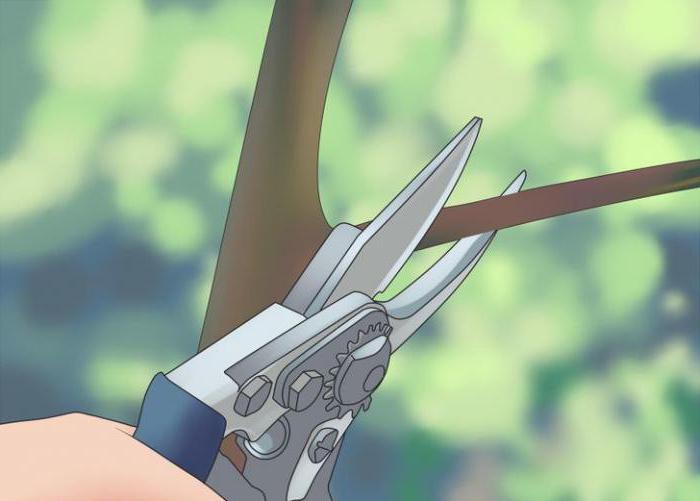
Pruning raspberry trimmings
Above mentioned the rules for planting this variety. Particularly no different for such a species as repair raspberries, cultivation and care.
Pruning a crop has slight nuances.When pruning ordinary raspberries, you should remove the fruiting shoots, leaving strong annual stems for the future harvest. The remodeling view needs a different approach. After fruiting, as a rule, in November, in such varieties of raspberries all shoots are cut, without exception. Only in this case can we expect that next year raspberries will give an excellent harvest.
Top dressing bush
It is impossible to imagine the care and cultivation of remont raspberries or of a usual kind without timely application of fertilizers to the soil. The culture is able to develop well and give a magnificent harvest only on soils enriched with organic matter.
To properly feed the plant, use the tips:
- Every year in the spring, after the melt water leaves, apply nitrogen fertilizers to the soil (80-100 g per 1 m²).
- Potassium and phosphorus are equally important for the culture. However, in the first 3 years, raspberries can only be fertilized with nitrogen. In subsequent years, it is recommended to feed the bush with organic fertilizers (3-4 kg), potassium salt (20 g), superphosphate (25-30 g).
- If you use manure for fertilizer, then it must be evenly distributed on the surface of the soil. Sprinkle on top with a small layer of earth. So you will not only provide excellent nutrition for raspberries, but also create mulching material.
- If the leaves of the bush turn yellow, this is a signal of a lack of nitrogen in the soil. In this case, ammonium nitrate (15-20 g) diluted in water (1 bucket) should be added. This is the amount of fertilizer per 1 m².
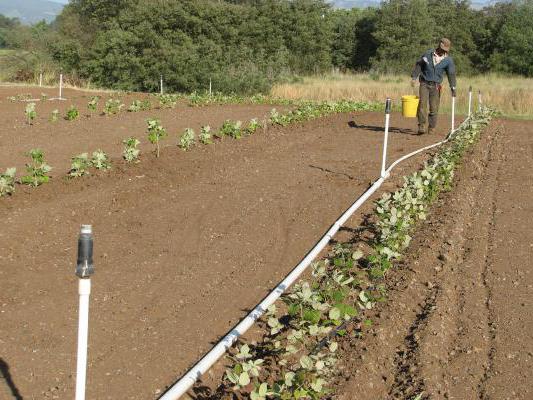
Raspberry propagation
There are several ways.
Raspberries are propagated:
- Root cuttings. In the spring, a scion appears near the bush. By autumn, the escape reaches a normal level of development. It can already be used for planting.
- By dividing the bush. It is necessary to leave no more than 10 shoots on one bush. The long root system is shortened. Elevated stems are cut to 40 cm.
- Green shoots. The stem, about 40 cm long, is cut in the spring, until the buds open. If you are breeding in the fall, then wait for the leaves to fall completely.
Seed cultivation
This is a great way to refresh your culture. However, you will need a lot of effort before raspberries grow from seeds.
Bush cultivation should begin with the collection of planting material. It can be bought at the store. But it is much better to collect the seeds yourself.
Take the overripe berries. Squeeze the juice out of them. Pour the resulting cake with water. Empty seeds will float to the surface. They should be deleted. The remaining seeds are dried, but not completely.
If you plan to plant this material in the spring, then store it at 1-5 C and avoid drying out.
Gardeners recommend not to delay the planting process. It is best to implement it in the fall, so that the seeds have time to undergo stratification. To do this, they are deepened into the soil by 1-2 cm. From above, the surface is covered with sand and humus.
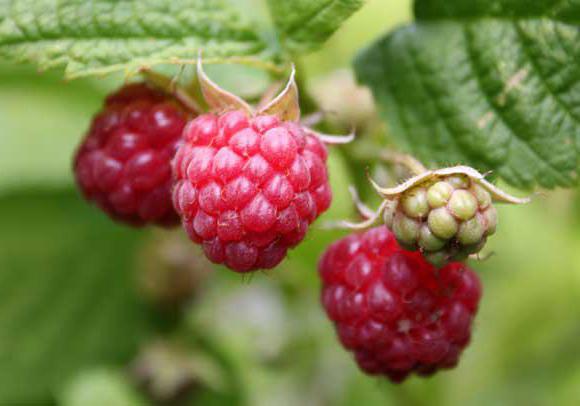
In the spring you will notice sprouts. If necessary, they should be dived. Young shoots need watering (every 5 days), urea fertilizer (every 10 days) and timely weeding.
Summary
It’s easy to provide the culture with the necessary care Growing raspberries will not cause much trouble. But at the same time, following all the recommendations, you will get a plentiful harvest.








